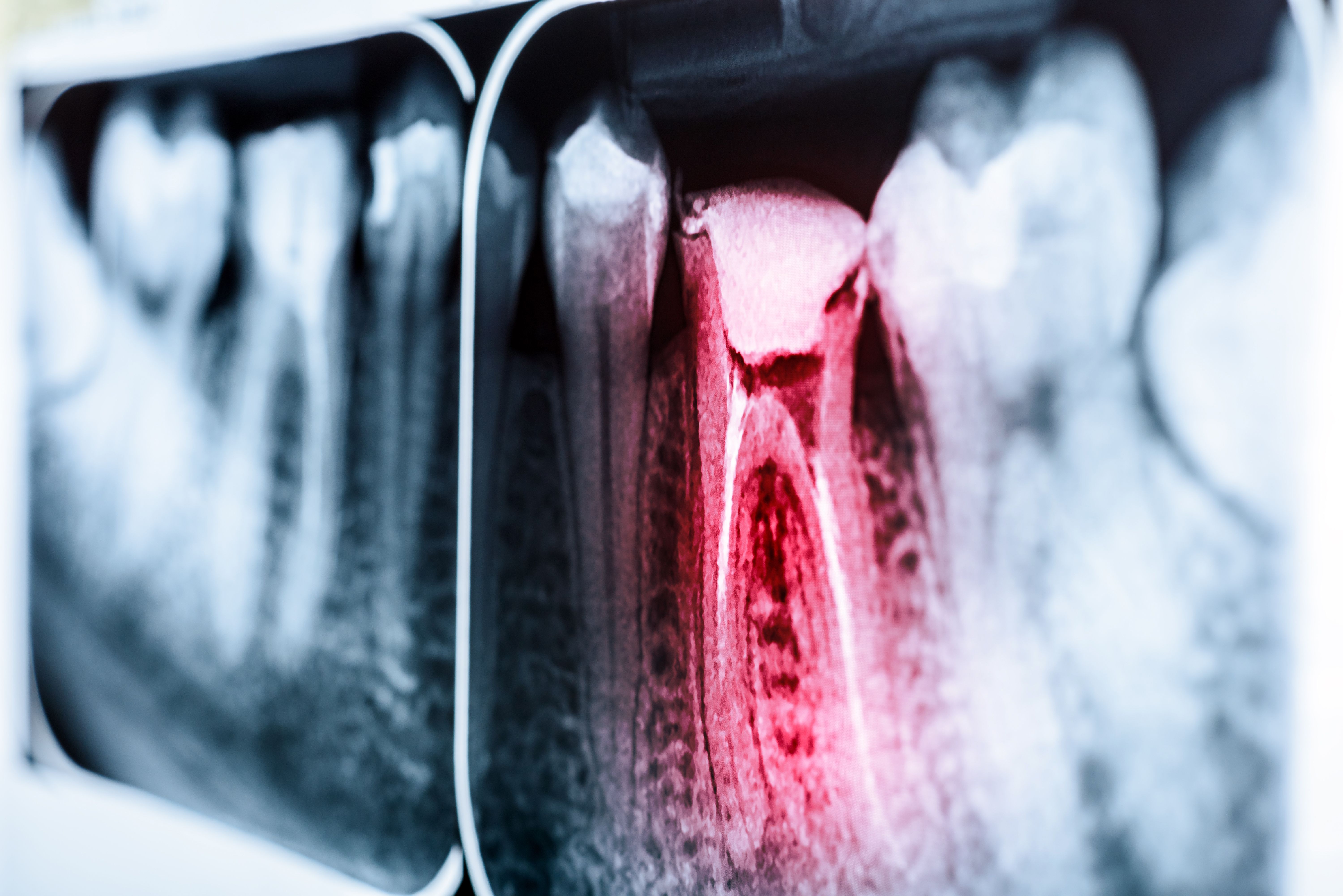Root Canal vs. Tooth Extraction: Treating Infected Teeth
 A root canal infection occurs when oral bacteria reaches the pulp located inside of a tooth. When teeth become infected, it's important that a dentist act as fast as possible to address the problem. If the tooth is not treated in time, it can lead to the spread of infection to other parts of the mouth and the formation of an abscess.
A root canal infection occurs when oral bacteria reaches the pulp located inside of a tooth. When teeth become infected, it's important that a dentist act as fast as possible to address the problem. If the tooth is not treated in time, it can lead to the spread of infection to other parts of the mouth and the formation of an abscess.
When patients come to our Rancho Cucamonga restorative dentistry practice with a root canal infection, we have two general options for treatment: root canal therapy (endodontics) and tooth extraction. Let's compare each of the options and explain why one may be preferable to the other.
About Root Canal Therapy
During root canal therapy, the dental pulp within an infected tooth is removed. The hollow pulp chamber is then sterilized to ensure that there is no remaining bacteria. The chamber is then filled with an inert material and the tooth is capped with a crown. The end result of root canal therapy is a restored tooth that allows patients to bite and chew as they normally would without risk of a spreading infection.
Is Root Canal Therapy Painful?
Thanks to modern pain management techniques, the root canal procedure itself is tolerable. Patients may experience discomfort, but it is dulled thanks to local anesthetic. That said, many patients do experience pain after the root canal is performed. This can be managed with prescription pain medication taken as directed. The pain will subside after a few days, and can be managed at that point with over-the-counter pain relievers.
Keep in mind that while there is some pain from a root canal, it is only temporary. What's more, this pain is not as bad as the pain caused by an infected tooth.
When Is Tooth Extraction Necessary?
Tooth extraction is a last resort when dealing with a root canal infection. It is only performed when the infection of a tooth is especially severe and a dentist is unable to save the tooth itself. In these cases, the only viable option is the removal of the tooth.
Replacing a Missing Tooth
When a tooth is extracted, there are many options to consider for replacing it. The most common option for patients typically involves the use of a removable dental bridge. Some patients may want to consider a dental crown supported by a dental implant. These options can be discussed during a consultation at the practice.
Is One Treatment Preferable to the Other?
Root canal therapy is typically considered a better option than tooth extraction. This allows a natural tooth to remain in place, and it is always better for patients to retain as much of their natural tooth structure as possible. However, as noted above, sometimes the only viable option for patients is tooth extraction.
Keep in mind that prevention is always the best policy. To avoid root canal infections, be sure to brush and floss regularly, wear mouth and face protection when applicable, and to visit your dentist twice a year for regular checkups.
Learn More About Your Dental Care Options
If you would like more information about improving your dental health and preventing serious wellness issues, contact an experienced cosmetic and restorative dentist. Our team looks forward to your visit and helping you smile with renewed confidence.
